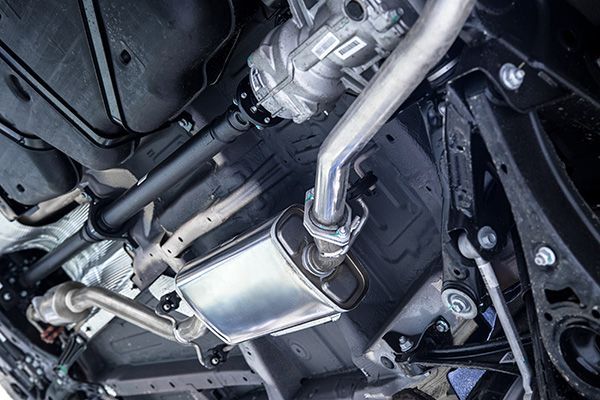
Navigating rush hour traffic on Interstate 25 (I-25) can be daunting, but with the right strategies, you can ensure a safer and less stressful commute. Rush hour traffic, especially on busy highways like I-25, can lead to congestion, delays, and an increased risk of accidents. Whether you're a daily commuter or an occasional traveler, adopting the best practices for navigating I-25 during rush hour can help you reach your destination safely and efficiently.
Understanding Traffic Patterns
Before hitting the road, familiarize yourself with the typical traffic patterns on I-25 during rush hour. It typically occurs during the morning and evening peak commuting times, with traffic congestion reaching its peak around 7-9 a.m. and 4-6 p.m. Knowing when congestion is at its peak can help you plan your commute more effectively and avoid unnecessary delays. Staying informed about any ongoing construction or road closures along your route can help you plan alternative paths to avoid traffic bottlenecks.
Plan Your Route
Planning your route in advance is key to navigating I-25 safely during rush hour. Consider alternative routes or side streets offering less congestion or shorter peak-hour travel times. Utilizing navigation apps like Google Maps or Waze can provide real-time traffic updates and suggest the fastest route based on current conditions. These apps can help you navigate accidents, road closures, or other obstacles impacting your commute.
Maintain a Safe Following Distance
One of the most important safety tips for driving on I-25 during rush hour is maintaining a safe following distance. Keep a safe distance between your vehicle and the one in front of you to allow for adequate stopping time in case of sudden braking or traffic slowdowns. The general rule of thumb is maintaining a distance of at least three seconds between vehicles. Avoid tailgating, as it reduces your ability to react to sudden changes in traffic conditions and increases the risk of rear-end collisions.
Stay Alert and Avoid Distractions
Staying alert and focused on the road is important when navigating heavy traffic. Avoid distractions such as texting, eating, or adjusting the radio while driving. Paying close attention to your surroundings can help you anticipate traffic changes and react quickly to potential hazards. Keep your eyes on the road, scan for potential dangers, and always remain vigilant.
Use Turn Signals and Check Blind Spots
Proper signaling and lane changes are fundamental for safe driving on any road. Signal your intentions early and check your blind spots before changing lanes or making maneuvers. This helps other drivers anticipate your actions and reduces the risk of accidents or collisions. Before changing lanes, use your mirrors and perform shoulder checks to ensure there are no vehicles in your blind spots.
Ready to ensure your vehicle is prepared for any driving conditions? Schedule a maintenance appointment with LightHouse Automotive today.






.jpeg)



